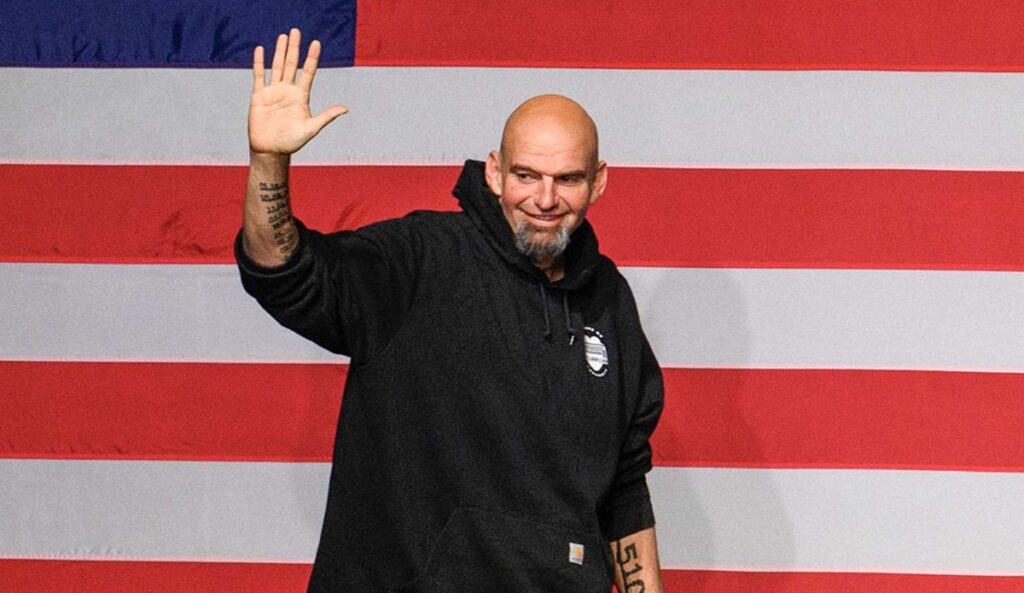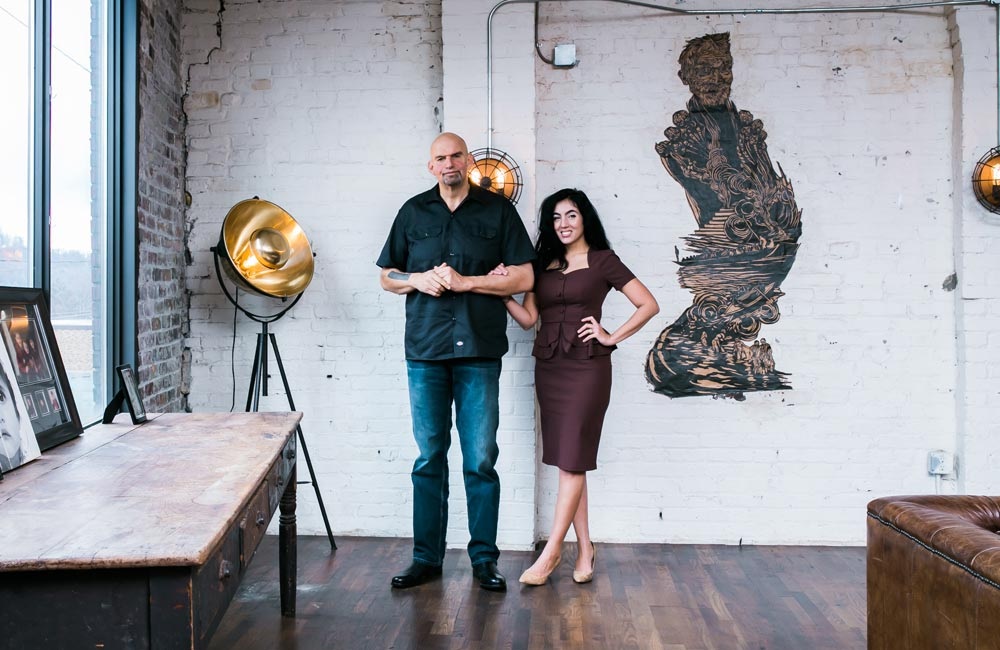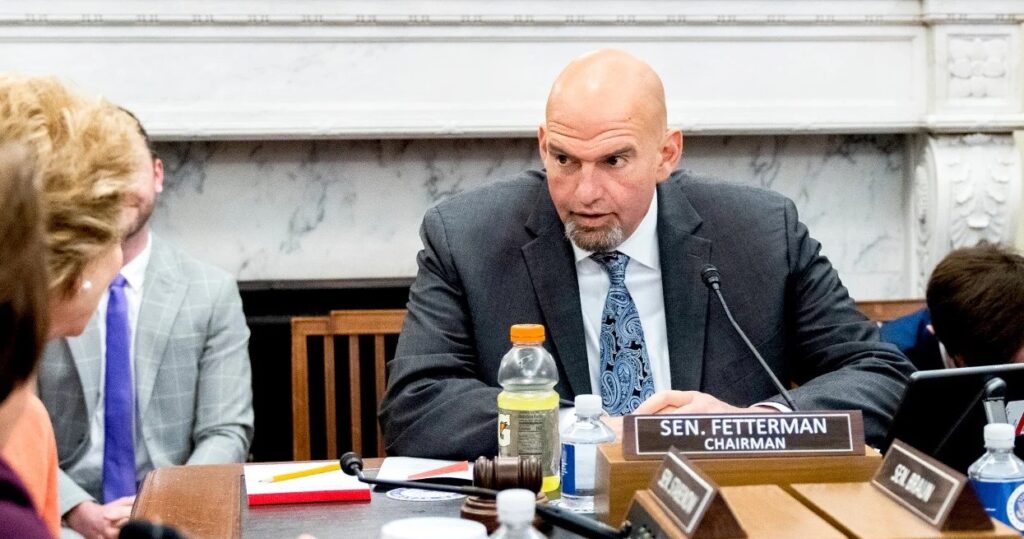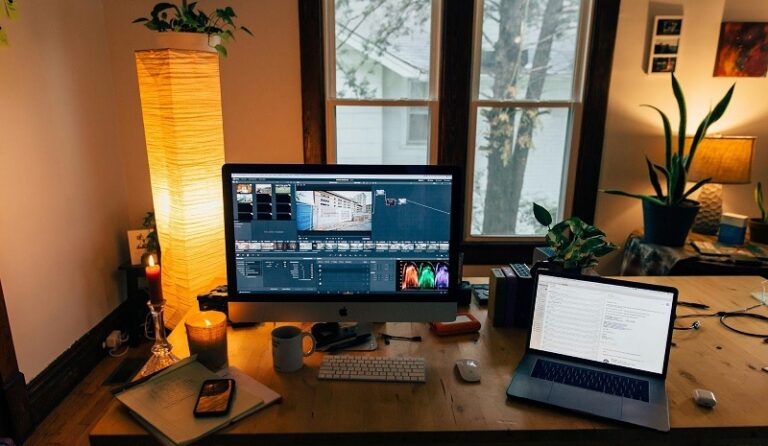
john fetterman house
Introduction: John Fetterman House
John Fetterman, the current U.S. Senator from Pennsylvania, has always been known for his unconventional style, progressive politics, and deep commitment to the working-class people of his state. A significant part of his identity and political persona is closely tied to Braddock, Pennsylvania—a town with a rich history and a challenging present. Central to this narrative is Fetterman’s house, a $1M residence in Braddock that symbolizes his dedication to the revitalization of the town. This article delves into the details of Fetterman’s house, exploring its history, architectural features, and the social and political significance it holds.
Table of Contents
John Fetterman: A Brief Background

Early Life and Career
John Fetterman was born in Reading, Pennsylvania, in 1969. He attended Albright College and later earned a Master’s degree in Public Policy from Harvard University. Fetterman’s career has been marked by his dedication to social justice and community development, which ultimately led him to Braddock, a small town on the outskirts of Pittsburgh.
Rise in Politics
Fetterman’s political career began when he was elected mayor of Braddock in 2005. His tenure was characterized by efforts to revitalize the economically distressed town, and he quickly became known for his unorthodox approach to politics. His large stature, tattooed arms, and working-class style made him stand out, and his commitment to issues like criminal justice reform and economic equality resonated with many voters.
Connection to Braddock
Braddock has always been more than just a place where Fetterman worked; it’s where he’s lived and invested his time, energy, and resources. His decision to purchase and renovate a historic building in Braddock into a $1M residence reflects his deep connection to the community and his belief in the potential for its revival.
The History of Braddock
Braddock’s Industrial Past
Braddock was once a thriving steel town, home to Andrew Carnegie’s first steel mill, the Edgar Thomson Works, which opened in 1875. The town grew rapidly during the late 19th and early 20th centuries, attracting workers from around the world. At its peak, Braddock was a bustling community with a diverse population and a strong economy centered around the steel industry.
Economic Decline and Population Loss
However, like many industrial towns in the United States, Braddock experienced a significant decline in the latter half of the 20th century. The collapse of the steel industry led to widespread unemployment, population loss, and economic hardship. By the time Fetterman arrived in Braddock, the town’s population had dwindled from over 20,000 to just a few thousand, and many of its buildings were abandoned or in disrepair.
Efforts to Revitalize the Town
Despite these challenges, Fetterman saw potential in Braddock. He launched a series of initiatives aimed at revitalizing the town, including efforts to attract new businesses, promote the arts, and improve housing. His own house became a symbol of these efforts, representing a commitment to the town’s future.
The Purchase of the Historic Building
The Decision to Move to Braddock
Fetterman’s decision to move to Braddock was driven by a desire to make a tangible impact on a community in need. He believed that by living and working in Braddock, he could better understand the challenges facing the town and work more effectively to address them. This commitment led him to purchase a historic building in the heart of Braddock, which he would later transform into his residence.
The Building’s History and Significance
The building that Fetterman purchased had a rich history, dating back to the early 20th century. Originally constructed as part of Braddock’s commercial district, the building had served various purposes over the years but had fallen into disrepair by the time Fetterman acquired it. Recognizing the building’s potential, Fetterman saw an opportunity to preserve a piece of Braddock’s history while also creating a modern, functional space for himself and his family.
Renovation and Restoration Efforts
Transforming the dilapidated building into a $1M residence was no small task. Fetterman invested significant time, money, and effort into the project, working with architects, designers, and contractors to restore the building to its former glory. The renovation process involved preserving many of the building’s original features while also incorporating modern amenities and design elements.
Architectural Features of the Residence

Exterior Design
The exterior of Fetterman’s residence is a blend of historic and modern elements. The building’s original brick façade was carefully restored, maintaining its historic character while also adding contemporary touches. Large windows and modern lighting fixtures were added to enhance the building’s aesthetic appeal and functionality.
Interior Design
Inside, the residence is a striking combination of industrial and modern design. Exposed brick walls, high ceilings, and large open spaces reflect the building’s industrial past, while sleek, modern furnishings and fixtures create a comfortable, contemporary living environment. The design also incorporates sustainable materials and energy-efficient systems, reflecting Fetterman’s commitment to environmental sustainability.
Unique Features and Amenities
One of the most notable features of Fetterman’s residence is its blend of public and private spaces. The ground floor of the building houses a community space that Fetterman has used for various events and gatherings, further emphasizing his commitment to the Braddock community. The upper floors serve as the private residence for Fetterman and his family, offering a comfortable and stylish living space.
The Social and Political Significance
A Symbol of Commitment to Braddock
Fetterman’s decision to live in Braddock and invest in a historic building is a powerful statement about his commitment to the town’s revitalization. His house is more than just a place to live; it’s a symbol of hope and potential for a community that has faced significant challenges.
Public Perception and Media Coverage
The media has often highlighted Fetterman’s residence as a reflection of his unconventional approach to politics and his deep connection to the working-class communities he represents. While some have praised his commitment to Braddock, others have criticized the cost of the renovation, arguing that it contrasts with his working-class image.
Impact on Braddock’s Revitalization
Fetterman’s house has played a role in attracting attention to Braddock’s revitalization efforts. By investing in the town and creating a high-profile residence, Fetterman has helped draw attention to Braddock’s potential, encouraging others to invest in the community as well.
The Role of Fetterman’s House in His Political Identity

Alignment with Progressive Values
Fetterman’s house aligns with his progressive political values in several ways. The renovation emphasized sustainability, preservation of historic architecture, and community engagement—all of which are consistent with his broader political platform.
A Reflection of Authenticity
In a political landscape often criticized for inauthenticity, Fetterman’s decision to live in Braddock and invest in a $1M residence reflects a level of authenticity that resonates with many voters. His house is a tangible representation of his commitment to the issues he champions, making him a relatable and trustworthy figure to his constituents.
Critics and Controversies
Despite the positive aspects of Fetterman’s residence, it has not been without controversy. Critics have questioned the optics of a $1M house in a struggling town and have debated whether Fetterman’s investment is more about personal image than genuine community improvement. However, Fetterman’s supporters argue that his actions speak louder than words and that his investment in Braddock is a clear demonstration of his commitment to the town’s future.
The Future of Braddock and Fetterman’s Role
Ongoing Revitalization Efforts
Braddock’s revitalization is an ongoing process, and Fetterman’s role in this effort continues to evolve. His house remains a central part of this narrative, serving as both a personal residence and a symbol of the town’s potential for rebirth.
Potential for Growth and Development
With increased attention on Braddock, there is potential for continued growth and development in the town. Fetterman’s house could serve as a catalyst for further investment in the area, encouraging others to see the potential in Braddock’s historic buildings and community spaces.
Fetterman’s Political Future
As Fetterman’s political career continues to progress, his connection to Braddock and his residence there will likely remain a key part of his identity. Whether he continues to serve as a senator or pursues higher office, his house in Braddock will continue to symbolize his commitment to the people and places that shaped his political philosophy.
Conclusion
John Fetterman’s $1M residence in Braddock is more than just a house; it’s a reflection of his values, his commitment to community revitalization, and his unique approach to politics. Through his investment in Braddock, Fetterman has not only created a home for himself and his family but has also made a powerful statement about the potential for renewal in America’s struggling towns. As Braddock continues to evolve, Fetterman’s house will remain a central part of this story, symbolizing both the challenges and the opportunities that lie ahead.




